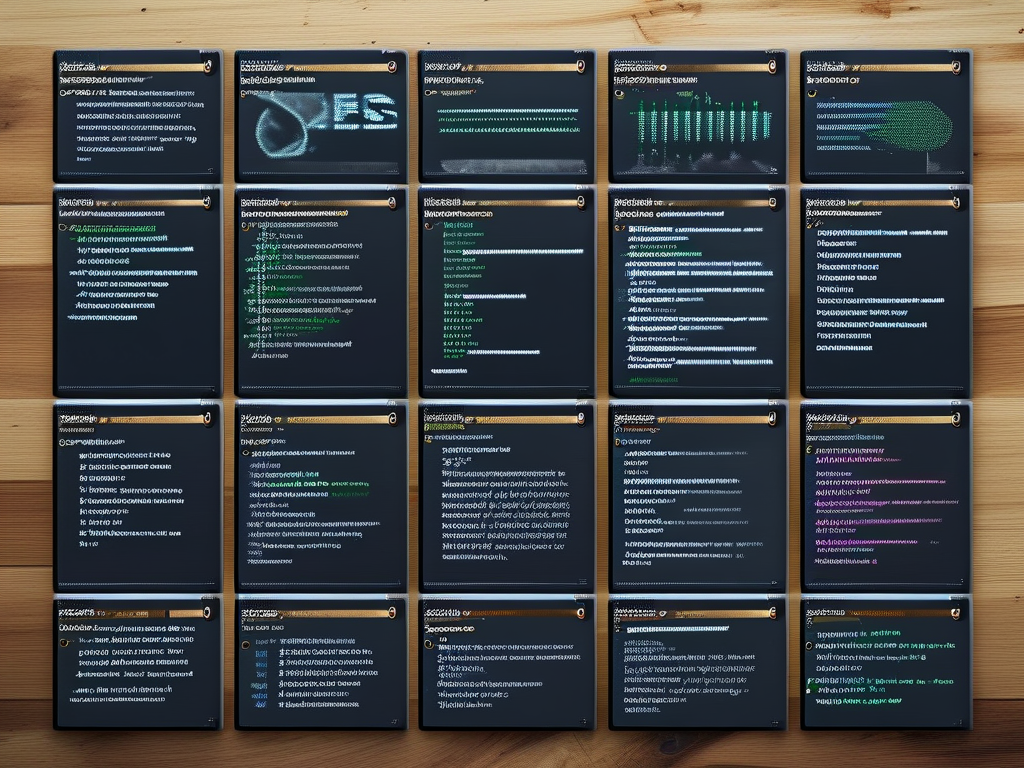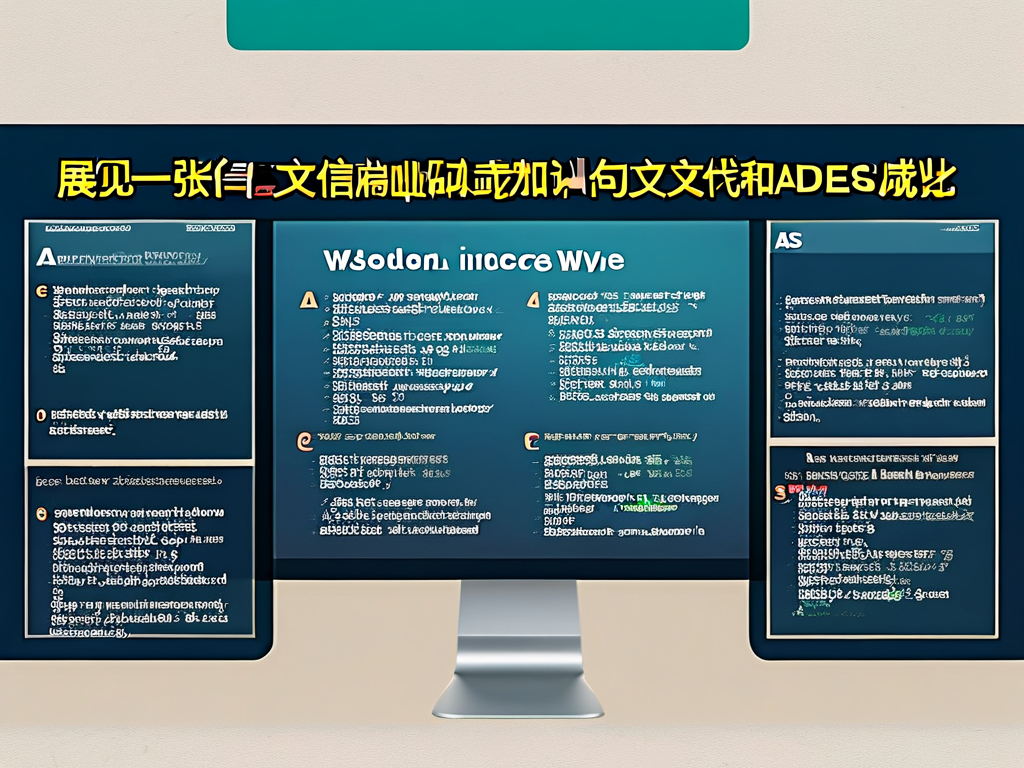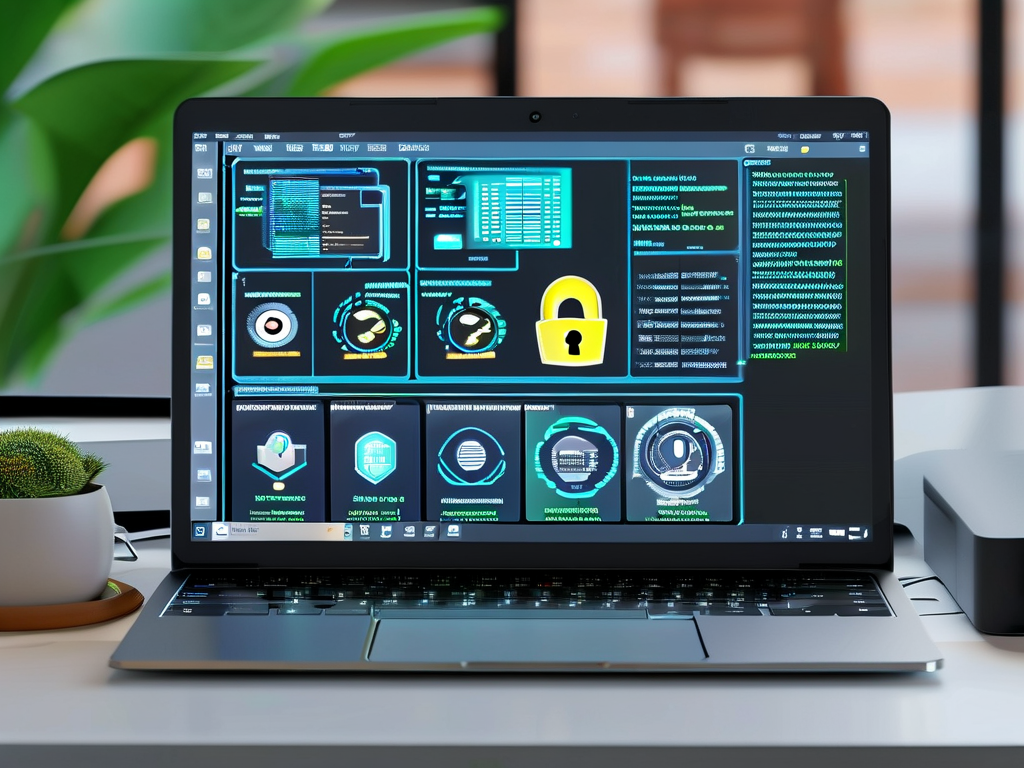In today's digital age, protecting sensitive information stored in documents is a critical priority for individuals and organizations alike. Encryption algorithms play a vital role in ensuring data confidentiality, integrity, and authenticity. This article explores widely used document encryption algorithms, their mechanisms, and practical applications.
One of the most prevalent encryption methods is the Advanced Encryption Standard (AES). Adopted by governments and enterprises globally, AES operates on symmetric-key cryptography, meaning the same key is used for both encryption and decryption. It supports key lengths of 128, 192, or 256 bits, with the 256-bit variant considered virtually unbreakable by brute-force attacks. AES is highly efficient for encrypting large documents due to its block cipher structure, which processes data in fixed 128-bit segments. For example, cloud storage platforms like Dropbox and Google Drive rely on AES to secure user files.
Another cornerstone of modern encryption is RSA (Rivest-Shamir-Adleman), an asymmetric algorithm. Unlike AES, RSA uses a pair of keys: a public key for encryption and a private key for decryption. This makes it ideal for secure data transmission, such as sharing encrypted documents via email. RSA’s security hinges on the mathematical complexity of factoring large prime numbers, but its computational overhead limits its use for encrypting entire documents. Instead, RSA is often combined with symmetric algorithms like AES—for instance, encrypting the document with AES and then securing the AES key with RSA.
Blowfish, developed by Bruce Schneier in 1993, is another symmetric algorithm known for its speed and flexibility. It uses variable-length keys (32 to 448 bits) and a Feistel network structure, making it resistant to known cryptographic attacks. While less common today due to the rise of AES, Blowfish remains popular in legacy systems and applications requiring frequent key changes, such as password management tools.
For organizations handling highly classified data, Twofish—a successor to Blowfish—offers enhanced security. It was a finalist in the AES competition and supports 128-bit block sizes with keys up to 256 bits. Twofish’s strength lies in its pre-computed key-dependent S-boxes, which add layers of non-linearity to thwart differential and linear cryptanalysis. Cybersecurity experts often recommend Twofish for encrypting legal contracts or intellectual property files.
Triple DES (3DES) emerged as a temporary successor to the original Data Encryption Standard (DES) after its 56-bit key became vulnerable to brute-force attacks. As the name suggests, 3DES applies the DES algorithm three times with different keys, effectively increasing the key length to 168 bits. Although it provides stronger security than DES, 3DES is slower and less efficient than AES, leading to its gradual phase-out in favor of newer algorithms.

Beyond these, ChaCha20 has gained traction in recent years, particularly for mobile and real-time communication. Designed by Google, this stream cipher prioritizes speed and performance on devices with limited processing power. Its simplicity and resistance to timing attacks make it a preferred choice for encrypting documents in messaging apps like WhatsApp.
When selecting an encryption algorithm, factors like computational resources, data sensitivity, and regulatory compliance must be considered. For example, healthcare providers in the U.S. often use AES-256 to meet HIPAA requirements, while financial institutions might opt for RSA-4096 for secure transaction records. Additionally, hybrid approaches—combining symmetric and asymmetric encryption—are increasingly adopted to balance speed and security.
It’s also crucial to address key management practices. Even the strongest algorithm becomes ineffective if encryption keys are poorly stored or shared. Hardware Security Modules (HSMs) and Key Management Services (KMS) provide secure environments for generating, rotating, and retiring keys, reducing the risk of unauthorized access.
Looking ahead, quantum computing poses a potential threat to current encryption standards. Algorithms like RSA and ECC (Elliptic Curve Cryptography) could be compromised by quantum algorithms such as Shor’s algorithm. To counter this, researchers are developing post-quantum cryptography methods like lattice-based encryption, which may soon become integral to document security.

In summary, document encryption relies on a diverse toolkit of algorithms, each with unique strengths. From AES and RSA to emerging solutions like ChaCha20, understanding these technologies empowers users to safeguard their digital assets effectively. As cyber threats evolve, staying informed about encryption advancements remains essential for maintaining robust data protection strategies.









